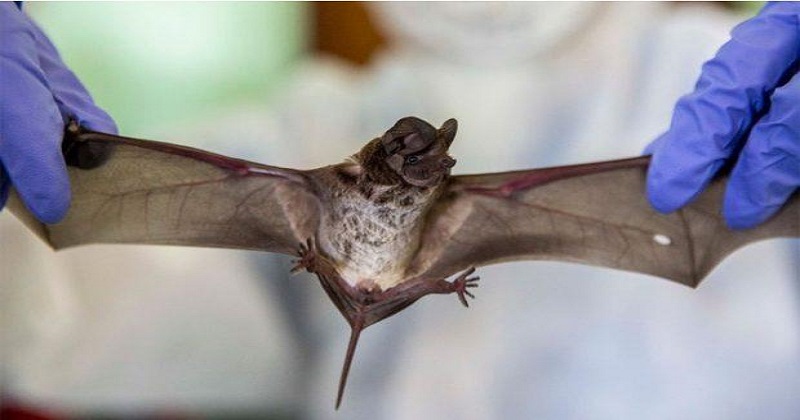
The World Health Organization (WHO) said Friday that more research is needed on claims of high death and transmission rates, following the discovery of a new type of coronavirus, NeoCov, among bats in South Africa. ‘Whether the virus detected in the study will pose a risk for humans will require further study,’ the health body was quoted as saying to TASS news agency.
NeoCov virus is associated with the Middle East Respiratory Syndrome coronavirus outbreaks of 2012 and 2015 and is similar to SARS-CoV-2, which causes Coronavirus in humans, according to researchers from Wuhan University and the Institute of Biophysics of the Chinese Academy of Sciences.
New research found that NeoCoV and its close relative PDF-2180-CoV can infect humans. The virus was discovered in a bat population in South Africa and was only known to spread among these animals. ‘It is only one mutation away from becoming dangerous for humans,’ researchers said in an unpublished study published as a preprint on the bioRxiv website.
According to the WHO, further study on the possibility of the NeoCov Coronavirus posing a threat to humans is warranted. More than 75 percent of all emerging infectious diseases in humans are caused by animals, especially wild animals. Many of these diseases are caused by novel viruses. Bats are known as a natural reservoir of many of these viruses, the global body noted.
The WHO noted that its experts ‘work closely’ with the World Organisation for Animal Health (OIE), the Food and Agriculture Organization (FAO), and UN Environment Program (UNEP) in order to ‘monitor and respond to the threat of emerging zoonotic viruses’. The WHO told TASS that its experts were aware of this research and thanked the researchers for sharing their findings.
Chinese scientists discovered that NeoCoV and its close relative PDF-2180-CoV are able to efficiently use some types of bat Angiotensin-converting enzyme 2 (ACE2), and, less favorably, human ACE2. The study shows that ACE2 has been used to transmit MERS-related viruses for the first time, highlighting a potential bio-safety threat of ACE2 using MERS-CoV-2 in humans with high mortality and transmission rates.
The NeoCoV has the potential combination of the high mortality rate of MERS-high Coronavirus (one out of every three infected individuals dies) and the high transmission rate of the current SARS-CoV-2 Coronavirus. Antibodies targeting SARS-CoV-2 or MERS-CoV were unable to cross-neutralize the infection.
Meanwhile, Russian scientists who noted the discovery reportedly showed that virus variants capable of binding to human receptors directly are already circulating in the wild without any adaptation. Sergey Alkhovsky, head of Gamaleya Center’s Biotechnology Laboratory, remarked that it is difficult to assess its dangers.
Despite the seriousness and interest of this discovery, the direct danger of this strain is difficult to assess. In his remarks at a meeting of the Scientific Council of the Russian Academy of Sciences, he asserted that there are a lot of these strains lurking in the wild and we need to study them, appreciate their genetic diversity, and promote research in this area.
Globally, outbreaks are being triggered by the Covid-19 variant Omicron and the continuing rise in Delta cases. While terms such as ‘delmicron’ and ‘flurona’ or ‘florona’ have circulated, experts have sought to dispel rumours about the pandemic. Flu and Covid-19 were discovered in a single patient, a situation that experts anticipate, and thus the term ‘Delmicron’ was used to indicate an upsurge fueled by Delta and Omicron variants. Since the outbreak began in China in December 2019, the coronavirus has killed at least 5,625,889 people, according to AFP data compiled from official sources.

Post Your Comments